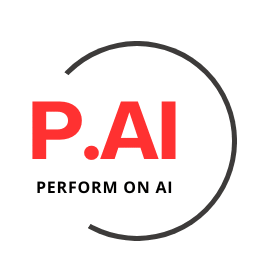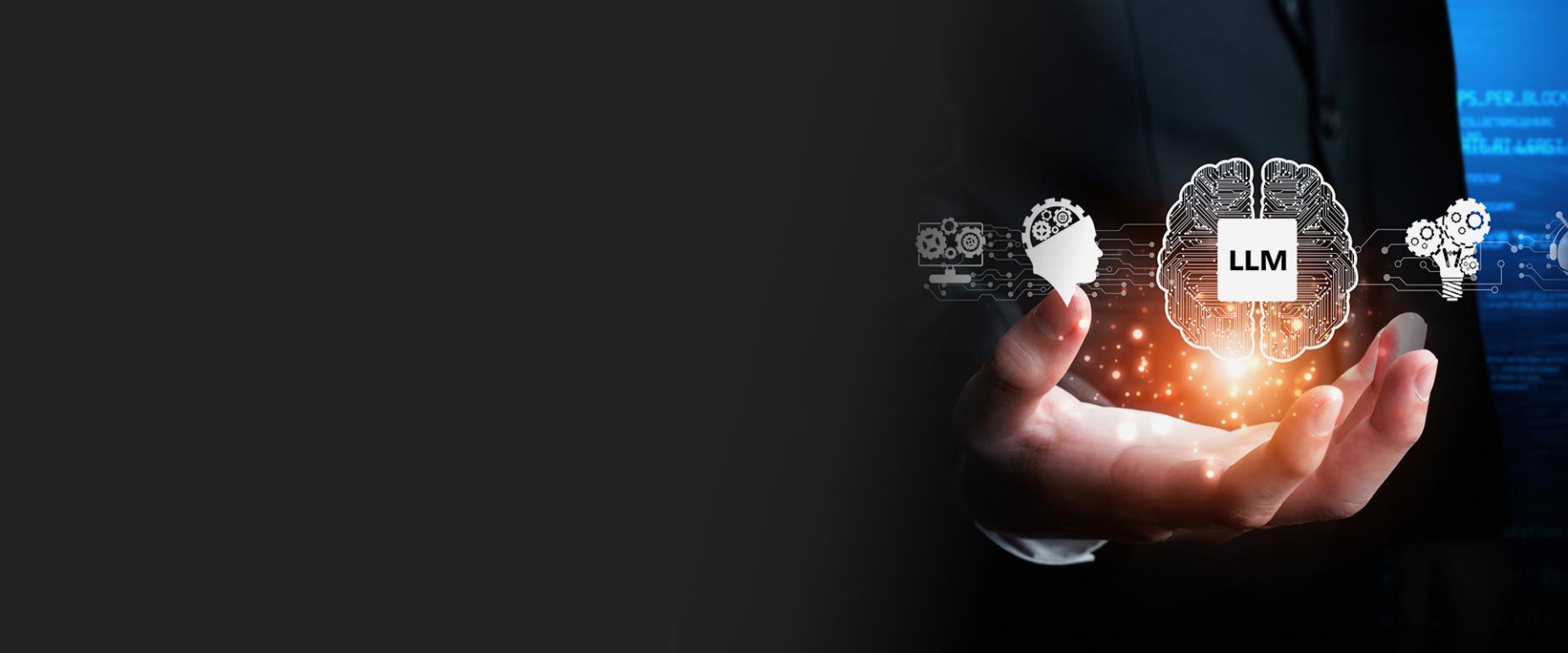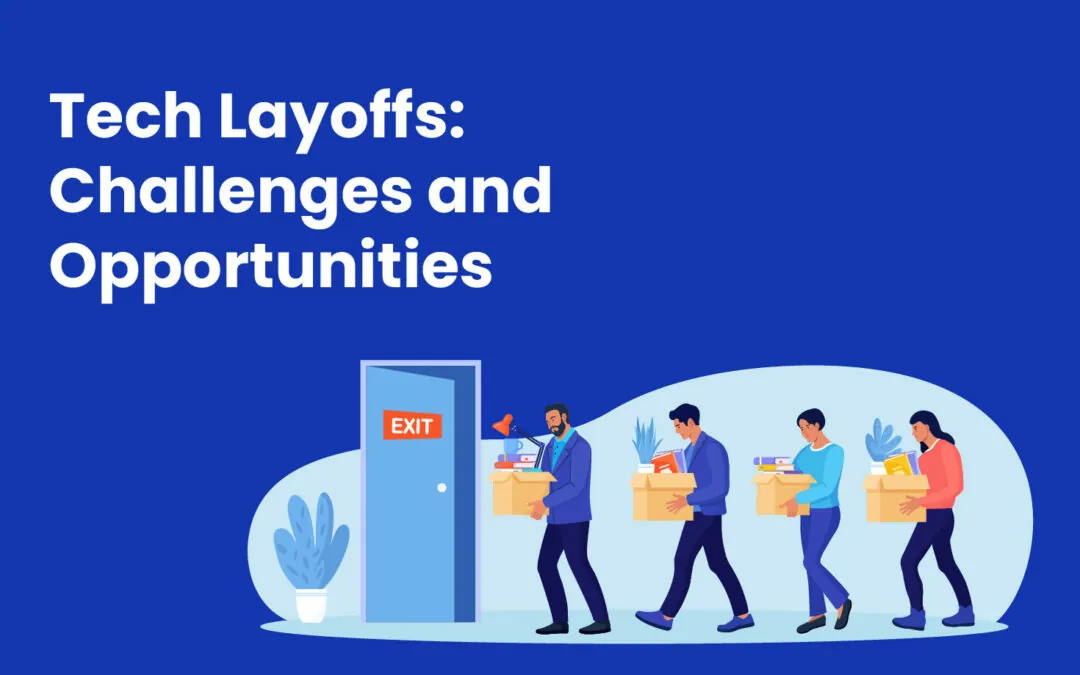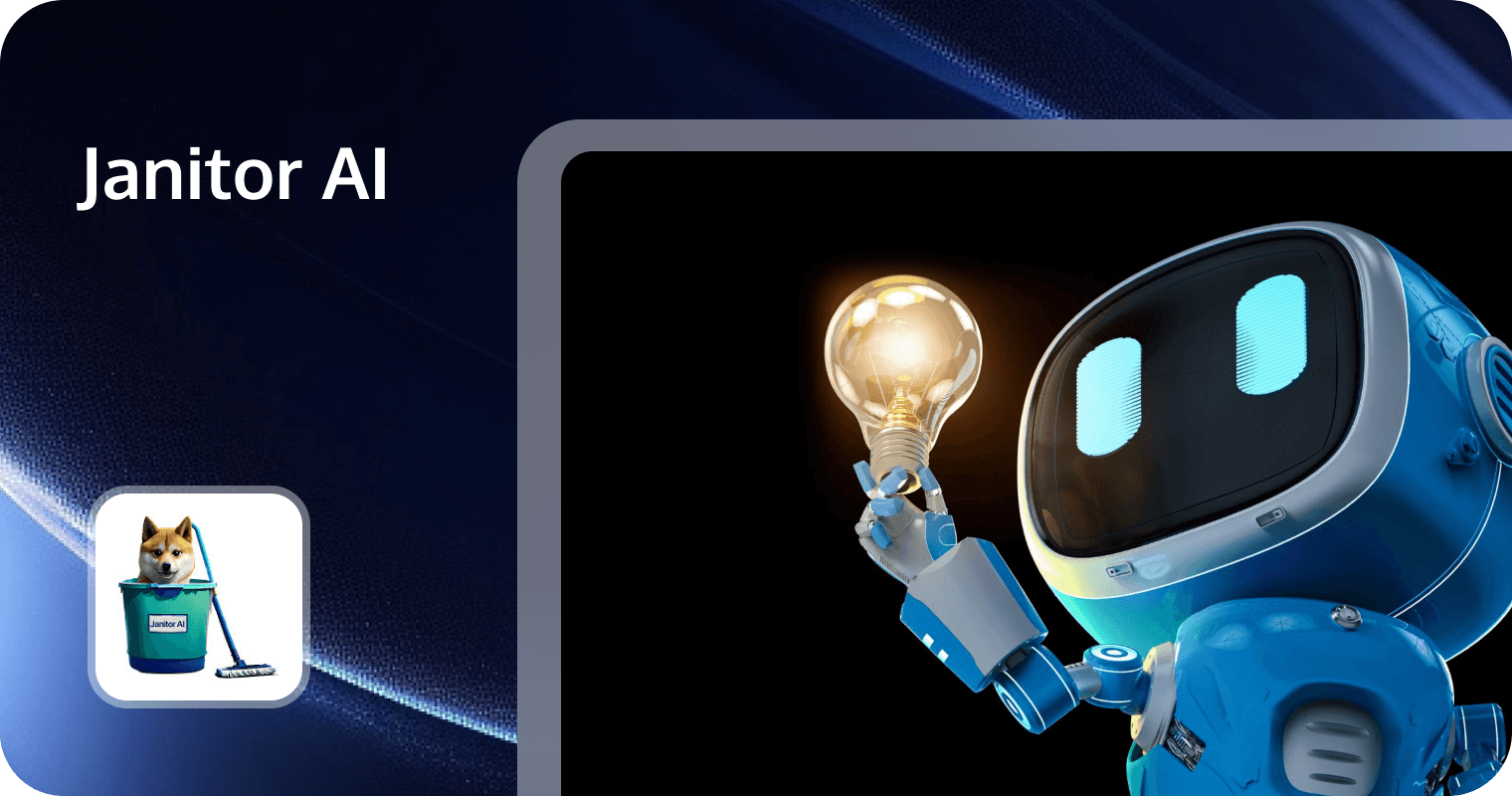The rise of Large Language Models (LLMs) like GPT-4, Claude, Gemini, and Mistral has changed the way industries approach content creation, automation, and problem-solving. But LLMs alone aren’t enough. The real value emerges when these models are seamlessly integrated into existing systems and orchestrated to work alongside tools, APIs, and human feedback loops.
In this article, we explore what LLM integration and orchestration mean, why they matter, and how businesses are leveraging them in 2025 for smarter operations and better user experiences.
What is LLM Integration?
LLM integration refers to embedding large language models into your software ecosystem. Instead of using them as standalone chatbots or content generators, organizations now connect LLMs with internal systems (like CRMs, ERPs, or analytics tools) via APIs. This allows the model to access contextual business data, perform real-time actions, or automate tasks across various platforms.
Examples of LLM Integration:
- Connecting ChatGPT with a customer support dashboard to generate instant, human-like responses based on ticket history.
- Using Anthropic’s Claude to analyze financial documents and flag compliance risks in real-time.
- Pairing an LLM with Google Workspace APIs to automate meeting summaries and action items directly into project management tools.
What is Orchestration?
Orchestration is the process of managing how and when different AI models, tools, and services interact in a workflow. It’s like being a conductor of a symphony — ensuring each instrument (or tool) plays at the right time, in the right sequence, and with the right data.
In the LLM context, orchestration platforms coordinate:
- Which model to use (e.g., OpenAI for writing, Claude for reasoning).
- When to use them (based on triggers or thresholds).
- How to combine LLM outputs with external data or APIs.
- How to include human review or feedback.
Popular Orchestration Tools in 2025:
- LangChain – for chaining prompts, tools, and data sources together.
- LlamaIndex – for indexing and retrieving enterprise data.
- Flowise – a no-code interface for designing LLM pipelines.
- DSPy – for programmatic prompt optimization and tool routing.
Why Do Integration and Orchestration Matter?
Without integration and orchestration, LLMs become isolated black boxes. You lose out on their full potential.
Here’s why businesses are prioritizing this stack in 2025:
1. Business Context Awareness
Integrated LLMs can pull from your real-time business data. For example, a model can generate a personalized marketing email not just based on language patterns, but on actual customer behavior from your CRM.
2. Workflow Automation
LLMs can now initiate actions — such as booking meetings, updating records, or generating reports — based on intelligent reasoning and triggers.
3. Tool Interoperability
Modern businesses use dozens of SaaS tools. Orchestration ensures your LLM knows how and when to use tools like Slack, Zapier, or Salesforce APIs during an interaction.
4. Cost and Performance Optimization
Using orchestration, you can route lighter tasks to cheaper models and reserve heavy reasoning for premium LLMs. This hybrid model cuts costs while improving speed.
5. Compliance and Control
Enterprises can implement rules to review outputs, anonymize data, or audit decisions — reducing the risks of using generative AI.
Real-World Use Cases in 2025
● Legal Tech
A legal SaaS company integrates an LLM with their document management system. Orchestration allows automatic summarization, citation retrieval, and cross-checking legal clauses before human review.
● Healthcare
Clinics use LLMs to draft patient reports by integrating with electronic health records (EHR). Orchestration ensures the report is checked by a compliance tool and sent securely.
● E-Commerce
Retailers use LLMs to power conversational shopping assistants that understand user history, pull real-time inventory, and even execute transactions — all in one flow.
● Finance
A fintech startup combines LLMs with their analytics dashboard. Traders get real-time summaries of market news and automated portfolio rebalancing suggestions based on personal strategy models.
Challenges and Considerations
While powerful, LLM integration and orchestration come with hurdles:
- Latency: Combining multiple models and APIs can slow down performance.
- Security: You must ensure sensitive data isn’t leaked in prompts or logs.
- Reliability: Orchestration pipelines must be robust to handle errors, fallbacks, and retries.
- Model Selection: Not all models are equal — orchestration helps but requires experimentation to choose the right model for each task.
Getting Started: How to Implement This on Your Site
If you’re a developer, product owner, or AI enthusiast, here’s how to get started:
- Choose an LLM provider: OpenAI, Anthropic, Google, Mistral, etc.
- Use API integrations: Connect your tools like CRMs or databases.
- Try LangChain or Flowise: These let you create workflows quickly.
- Add evaluation loops: Human-in-the-loop validation ensures quality.
- Monitor costs and performance: Use logging and dashboards to tune efficiency.
Conclusion
In 2025, businesses that treat LLMs as isolated tools will fall behind. The future lies in intelligent integration and dynamic orchestration. By connecting models to your data, tools, and workflows — and managing how they operate together — you unlock an entirely new level of AI-powered productivity, creativity, and automation.
Stay ahead of the curve, and consider building your next-gen product or service around the LLM orchestration stack — because that’s where the real AI transformation begins.



